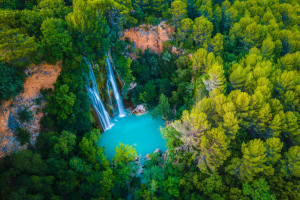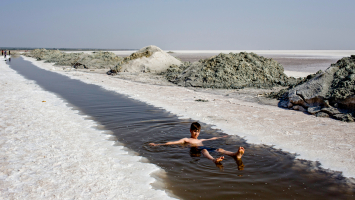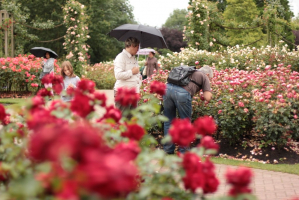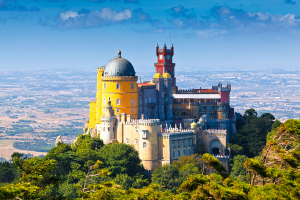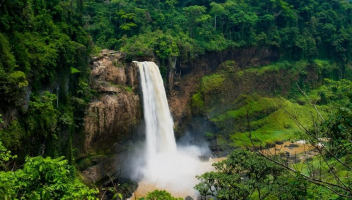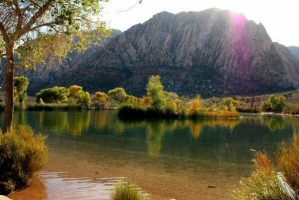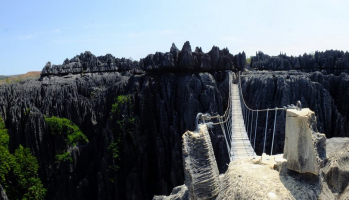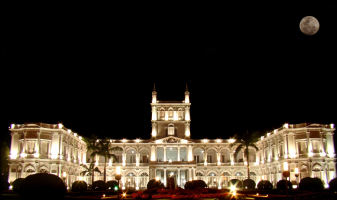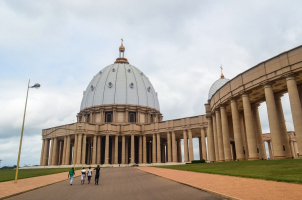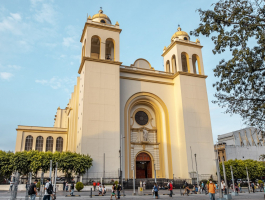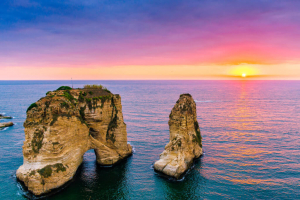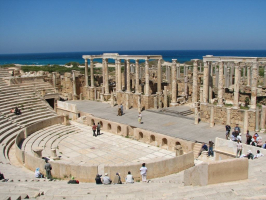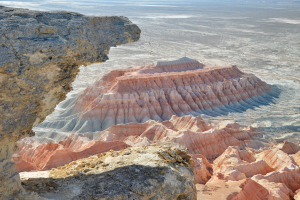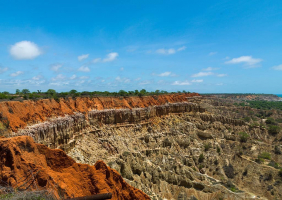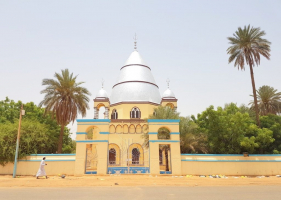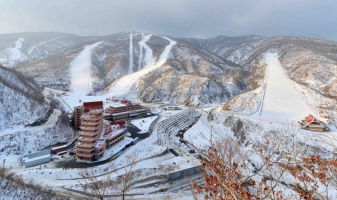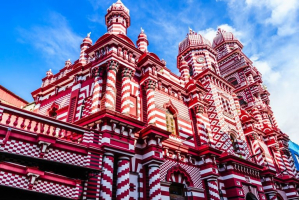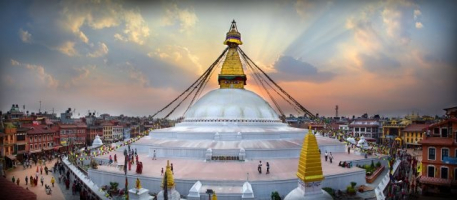Top 10 Most Beautiful Gardens to Visit in Italy
Italy is one of Europe's top travel destinations for garden enthusiasts thanks to its variety of temperate and subtropical climates, gorgeous landscapes, and ... read more...opulent villas and palaces. For centuries, the great villa gardens' landscaping and architecture have served as an inspiration to landscape architects. Let's take a look at some of the most beautiful gardens to visit in Italy below!
-
The large set of formal gardens that Renaissance Cardinal Ippolito d'Este designed to surround his home represents the pinnacle of Italian garden architecture and serves as the inspiration for formal gardens around the world. They resemble authentic embodiments of the Italian Renaissance.
The layout, which was revolutionary for its day, created a series of "rooms" to highlight fountains, each appearing to be a distinct garden against the backdrop of the neighboring Campagna hills. These were set up in an alleyway that went through the center, with allées and pathways that crossed going to the major fountains. The numerous pools, fountains, cascades, and entertaining water features, as well as the pavilions, statues, grottos, and views from all the terraces, can be seen and enjoyed over the course of several hours. Above all, make sure to take in the view from the elaborate Fontana dell'Organo, the Fontana dell'Ovato, a water theater built for shows, and the opportunity to stroll behind the waterfall there.
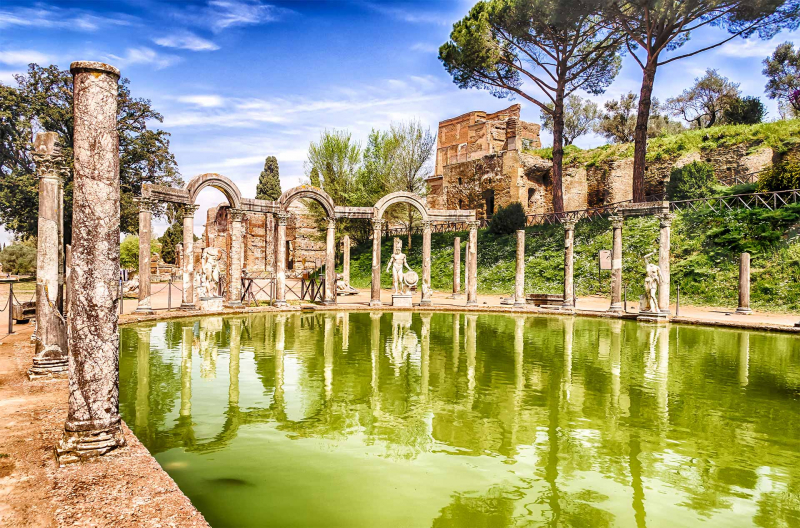
Villa d'Este Gardens at Tivoli 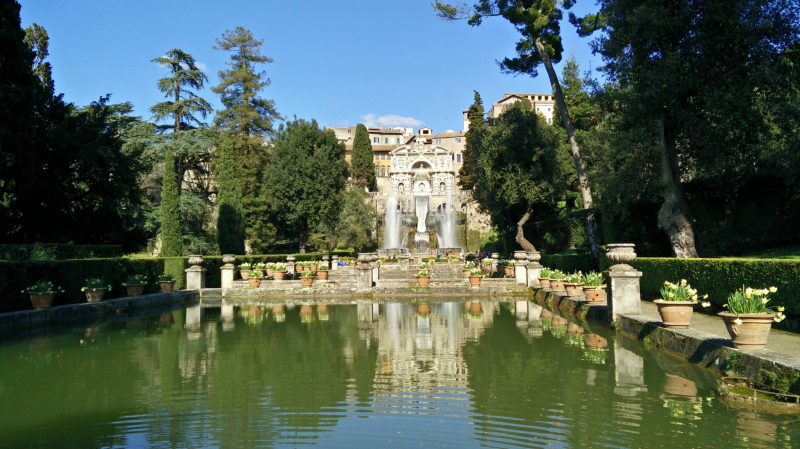
Villa d'Este Gardens at Tivoli -
The hillside gardens of Villa Carlotta rise on the western shore of Lake Como, which is known as the Tremezzina Riviera due to its mild year-round climate. Even when the subalpine peaks that serve as the gardens' backdrop are covered in snow, the foliage here stays green all winter long.
Villa Carlotta dazzles with masses of blooms that change with the seasons, making it more vibrant than most traditional Italian gardens, which depend more on their intricate formal layout and manicured hedges. The gardens are surrounded by woodlands that open to reveal magnificent lake and mountain views as they follow the hillside's natural slopes and curves. Visit in May to see the 400 camellias and 40-foot-tall banks of rhododendrons in bloom, or throughout the summer to see the 200 roses and the succession of brilliant annuals. On a hot summer day, the forest gardens are a refreshing retreat.
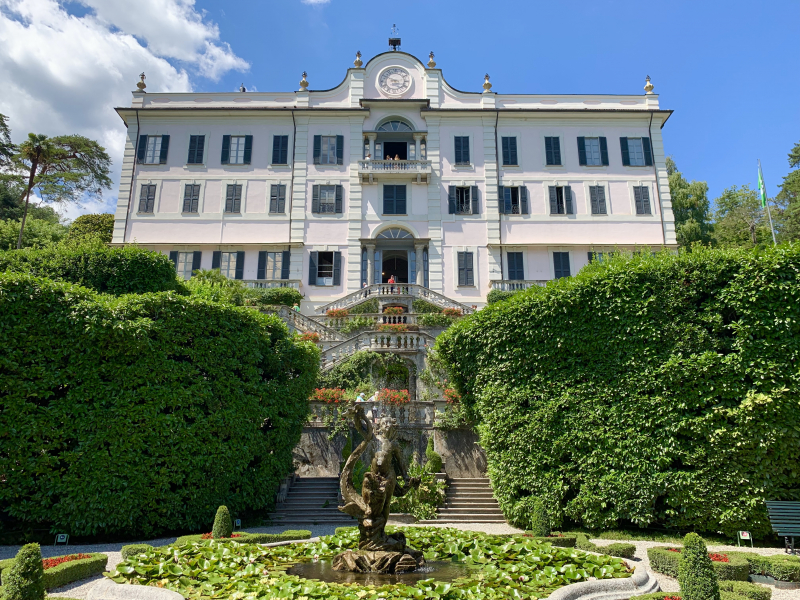
Villa Carlotta, Como 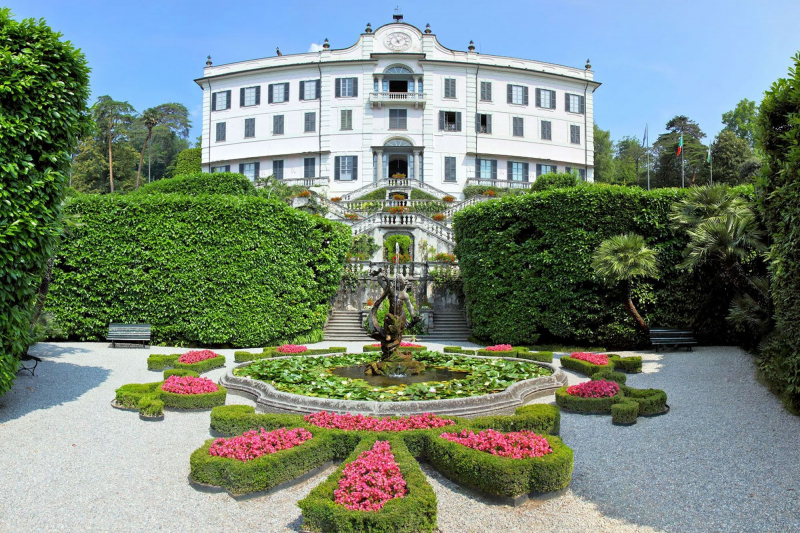
Villa Carlotta, Como -
The Medici family constructed villas on the hillsides overlooking Florence so they might escape the summer heat of their city palaces. They made use of the available area to surround these with lavish gardens designed at the height of the Renaissance style.
Tourists are welcome in three of these gardens. A typical Renaissance garden with parterres, terraces, fountains, box hedges that are well maintained in geometric shapes, and other architectural elements surrounds Villa Gamberaia. The gardens, a popular topic for garden historians, were called "Probably the most perfect example of the art of producing a great effect on a small scale..." by Edith Wharton in her book Italian Villas and Their Gardens. Visit the adjacent Villa la Petraia while you're there for good views of Florence from its terraced gardens and rows of orange trees. The Medici Villa di Castello, which is a short distance to the west of it, has an air filled with jasmine and other fragrant plants. The elaborate grotto with mosaics and animal sculptures is thought to be the work of court architect Giorgio Vasari.
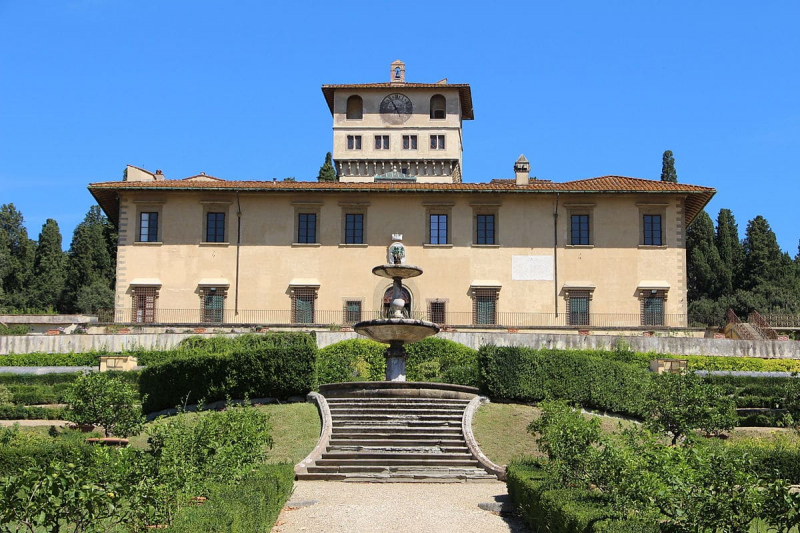
Medici Villas near Florence 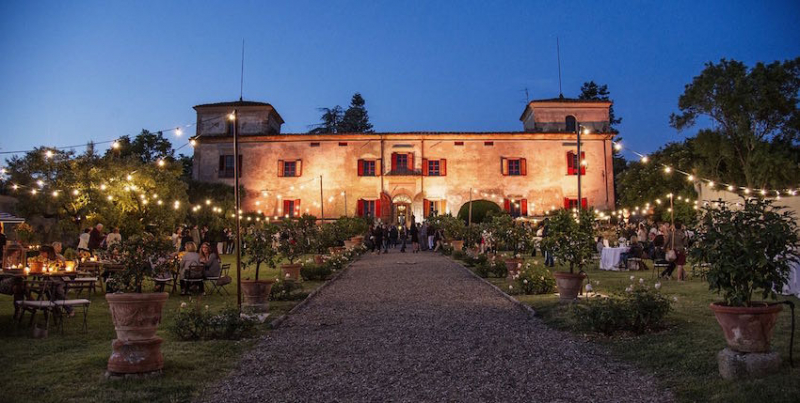
Medici Villas near Florence -
The 111-acre tiered gardens beneath Florence's Palazzo Pitti took a century to complete. The Boboli is consistently ranked among the best classical garden parks in Europe. They skillfully combine formal parterres, architectural follies, and water features typical of Renaissance gardens with landscape gardens and meticulously maintained "nature".
Promenades and more intimate paths connect everything, making a stroll through these gardens a nice escape from the city. You can get a stunning view of Florence and Brunelleschi's enormous dome from the top, on the terrace next to the Kaffeehaus. The Fontana del Bacco, which portrays a court dwarf as Bacchus riding a tortoise, the elaborate Grotta del Buontalenti, the Rococo Kaffeehaus, the Neptune Fountain, and Abbondanza, the enormous statue of Plenty, are highlighted to look for. Giambologna's Oceanus is located in an oval piazza that is surrounded by chestnut, cork oak, and pine trees, as well as a row of tall cypress trees.
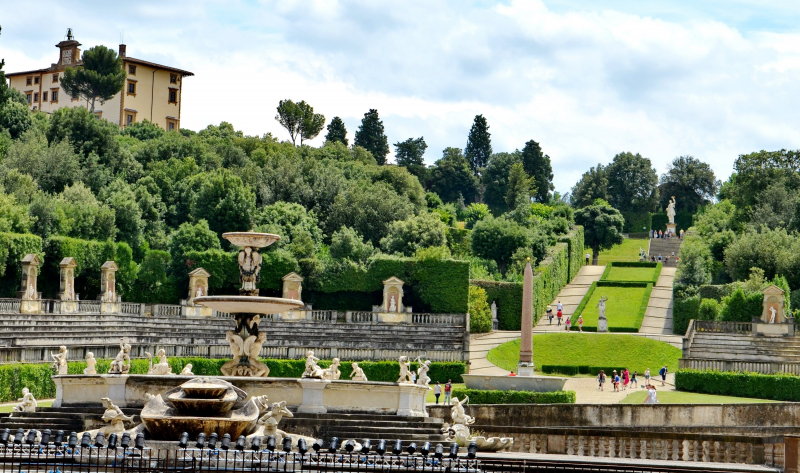
Boboli Gardens, Florence 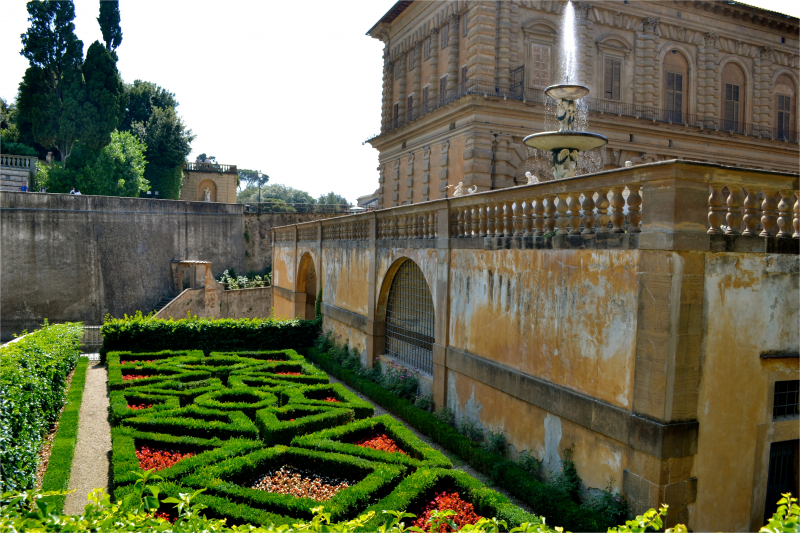
Boboli Gardens, Florence -
The peninsula of Punta di Balbianello, which climbs steeply from the sea and is covered with gardens, is one of the most romantic sites to be seen from the boats that cruise Lake Como. The Baroque villa and terraced gardens were constructed in the 1700s for a cardinal.
This villa is composed of a structure of two splendid buildings, of which it is possible to visit the finely furnished rooms, surrounded by a magnificent garden that continues on large terraces directly on the lake, built to have a 270° view of the surrounding landscape. Although there is a route that leads there from the village of Lenno, using the little boat from Lenno's dock is the most efficient way to get there. Before you land and ascend to the villa at the top, the boat circles the peninsula so you can see the gardens from below. Around the peninsula, paths meander through the landscaping. Stately trees, blooming plants, and terraces of columns and statues were all strategically placed to frame views of the lake and the mountains to the north. The villa is interesting, but no match for the gardens and the views.
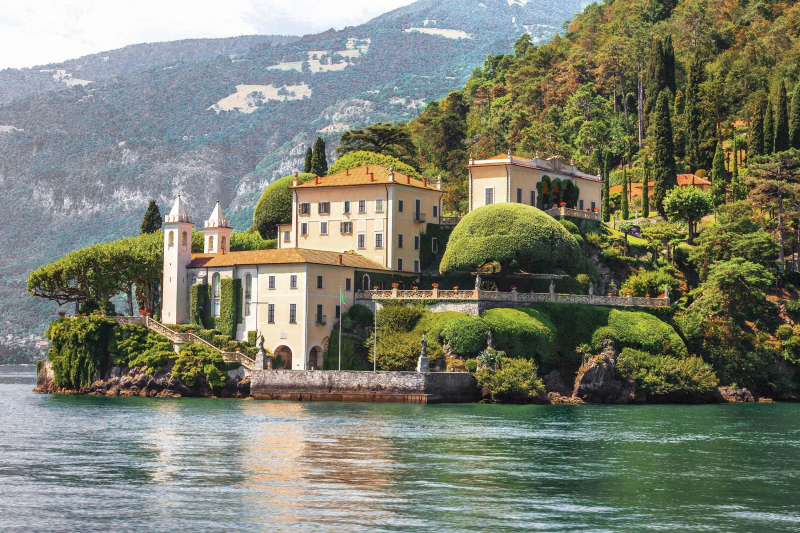
Villa Balbianello, Lenno 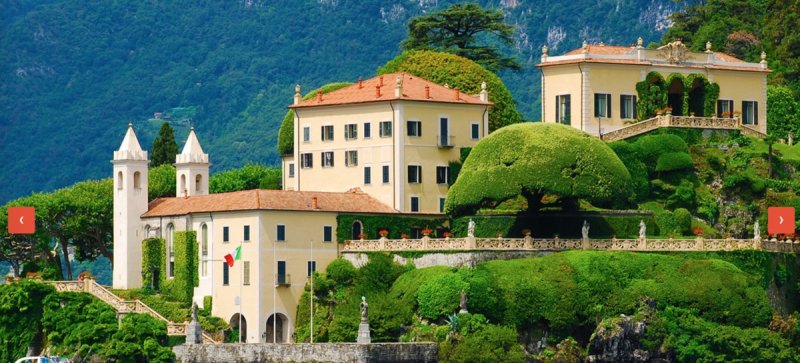
Villa Balbianello, Lenno -
Villa Taranto was built in the 1830s by a Scot, Captain Neil McEacharn, and it has one of the richest botanical gardens in the world. The grandiose park of Villa Taranto connects the two sections of the town, Pallanza and Intra. The gardens have been laid out in English style, although Italian elements are not missing: statues, fountains, ponds, terraces, waterfalls.
Villa Taranto was created in the late 1940s by a botanist who was a former Scottish army officer who discovered this microclimate on the western coast of Lake Maggiore to be ideal for cultivating plants from all over the world. There are plants native to northern Italy as well as species from the Amazon rainforest and other far-off places. There are more than 20,000 different kinds of flowers, trees, shrubs, and water plants in the landscape-style gardens and park. There are more than 300 different varieties of dahlias.
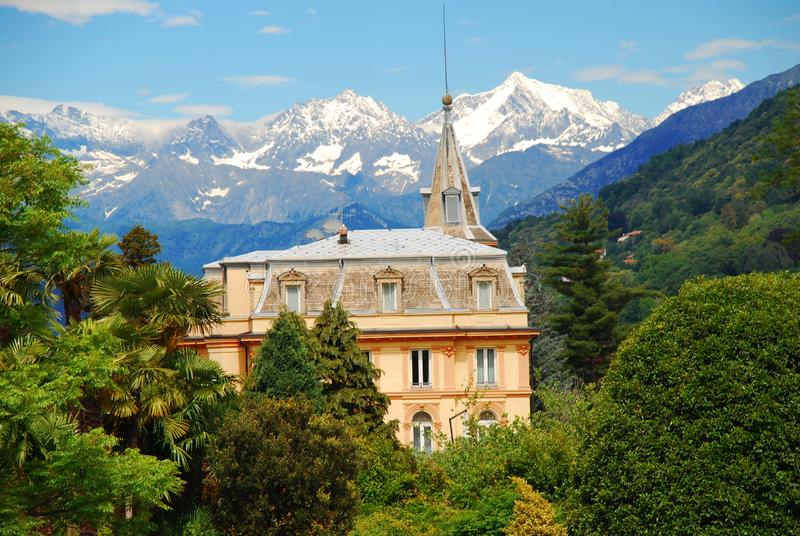
Villa Taranto, Lake Maggiore 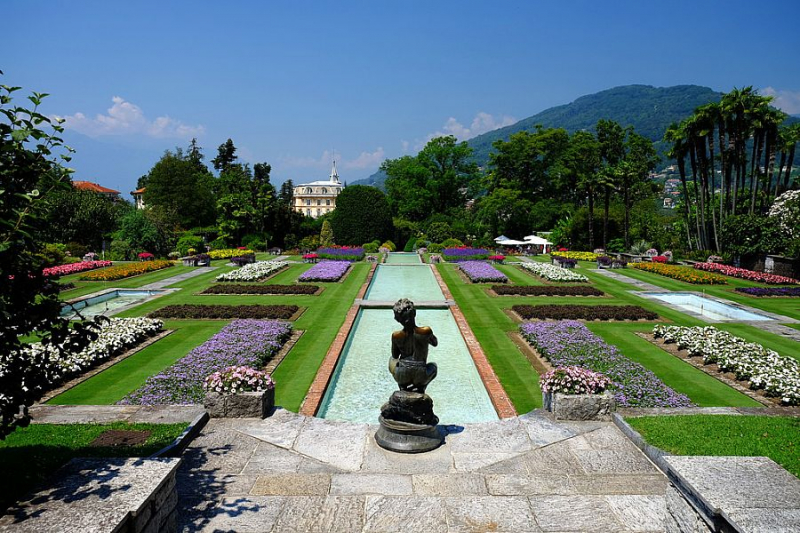
Villa Taranto, Lake Maggiore -
Behind the Verona home of Venetian diplomat Agostino Giusti is one of the best examples of an Italian Renaissance villa garden. The garden, which he designed in 1570, is distinctive in a number of respects.
This 16th-century, sculpted Renaissance gardens are immaculately maintained and intricately designed, with their grass kept as neatly trimmed as the cypress trees and box hedges. It is both relatively small and rises steeply above the home rather than rising upwards as a setting for the villa, revealing one of the best views of the city from the rooftop of the villa. With its formal parterres, hedge maze, and winding walks intended for strolling and as a shaded relief from Verona's summer heat, it is exquisitely constructed for an in-town residence. Narrow trails that wind their way through bushes and trees and climb steeply to a grotto and terrace lead to the area's wilder parts.
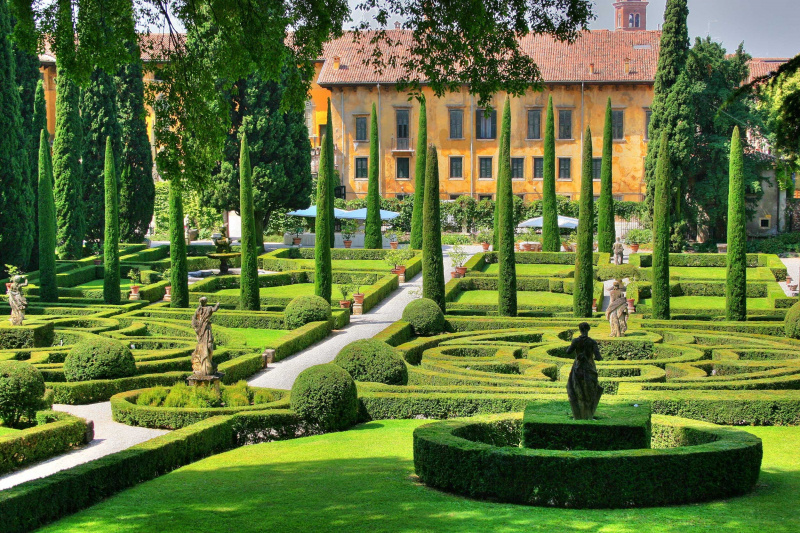
Giardino Giusti, Verona 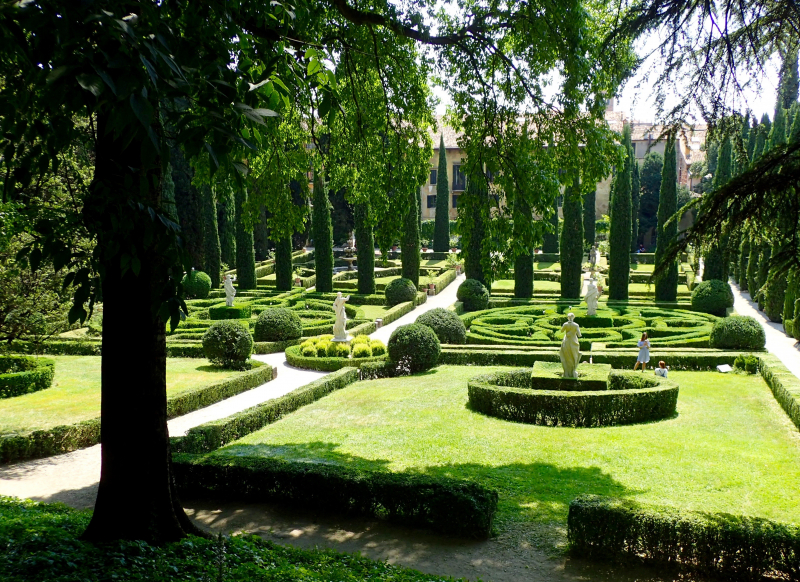
Giardino Giusti, Verona -
Sigurtà is a garden park with 13 distinct sections that spans 600,000 square meters (more than 120 acres) along the banks of the Mincio river, about 24 kilometers from Verona. You can either walk or drive between the various parts of the complex because each has its own parking spot.
The promenades and scenery of the garden frame the towers of a ruined castle that tops a hilltop above the park. Nearly every element of an Italian garden can be found at Sigurtà, from the vibrant flower beds and well-kept lawns to the herb garden and 18 decorative ponds and lakes. The box trees and bushes are not shaped in the conventional topiary garden shapes, yet there is the typical maze and grotto. Instead, they have been lightly cut while yet being permitted to take on unique, frequently amazing shapes. When one million plants bloom in the spring, the garden is perhaps most renowned for its display of tulips.
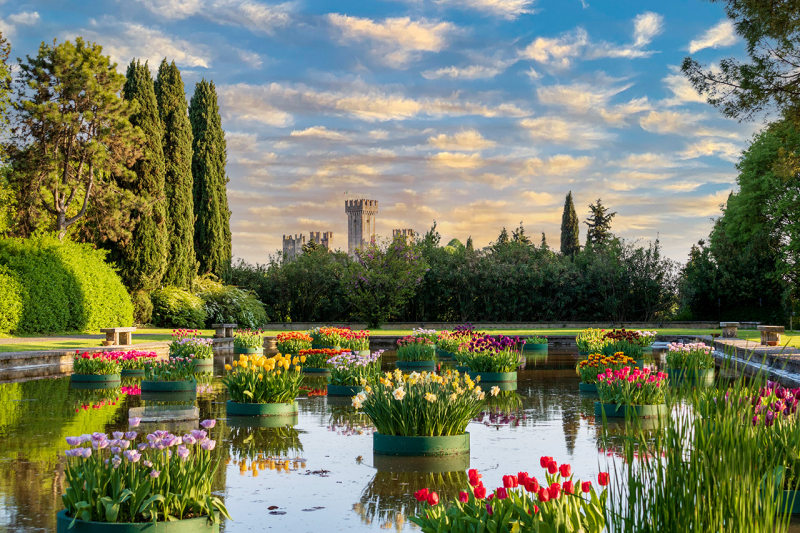
Parco Giardino Sigurtà 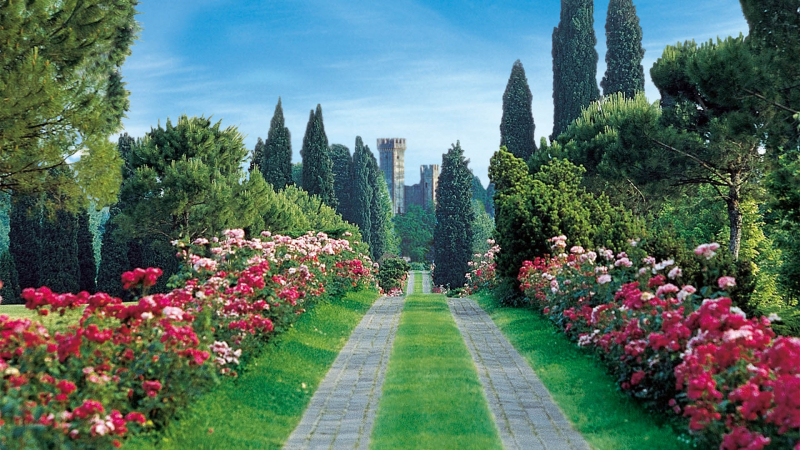
Parco Giardino Sigurtà -
The adjacent Alban Hills was the site of magnificent summer villas, constructed by affluent Roman families in the 16th and 17th centuries. The most well-liked area was Frascati, where a number of these homes still exist and are encircled by magnificent gardens and parks.
You can visit numerous of these gardens, each of which is unique. The most famous and best preserved one of these is the Villa Aldobrandini, designed by the architect Giacomo della Porta. Villa Aldobrandini's magnificent terraced park, which also has grottoes, fountains, and waterfalls with views of the Alban Hills, is located next to the Villa Torlonia gardens. The fountain's centerpiece, Teatro delle Acque (water theater), has stairs that wind between terraces and around waterfalls. Another Teatro delle Acque with grottoes and sculptures can be found in the park around Villa Falconieri, which is located nearby.
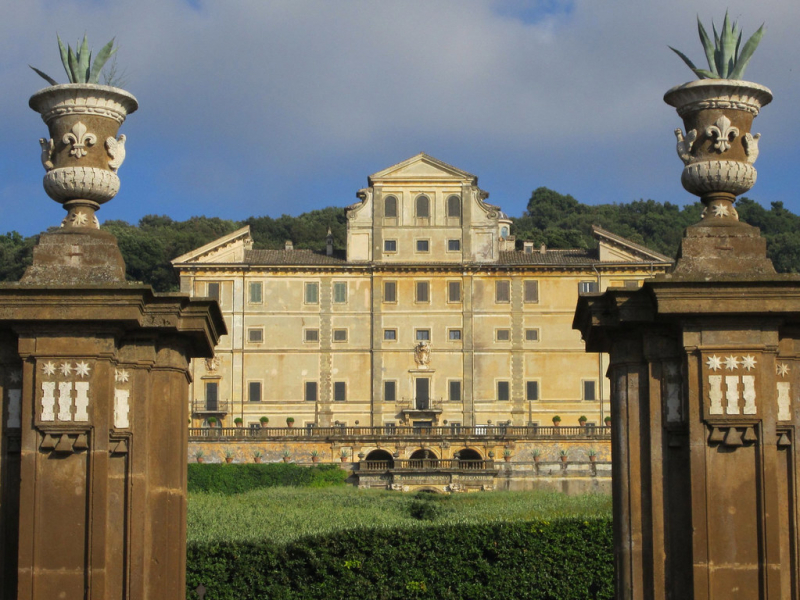
Frascati Villas near Rome 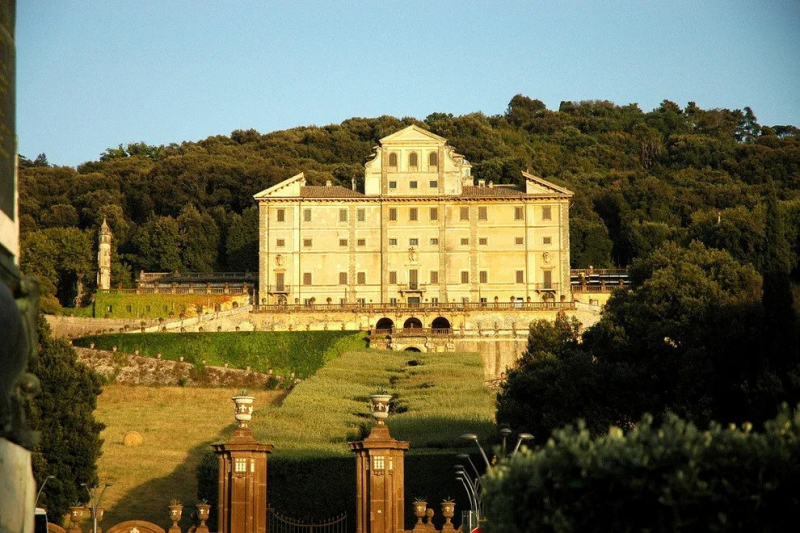
Frascati Villas near Rome -
The wife of British composer William Walton was inspired to design a tropical garden around their home on the island of Ischia in the Bay of Naples by the distinctive setting of a place rich with thermal springs. The roots of plants that would not typically thrive here are protected by this natural warmth, which acts as a natural heating system.
The gardens, which today have more than 800 rare plants indigenous to four continents, were designed by British landscape architect Russell Page, who was hired by Lady Susana Walton in 1946. La Mortella, however, is more than just a botanical garden; it is a tranquil haven devoted to beauty and a venue for the arts, such as sculpture and music. Entering La Mortella is an experience that renews the sensitivity of the spirit. In March, the colors, transformed into a scale of chrome that passes through an autumn and a winter of decline, expose the newfound vigor that integrates elements like earth and water in the most varied forms of nature.
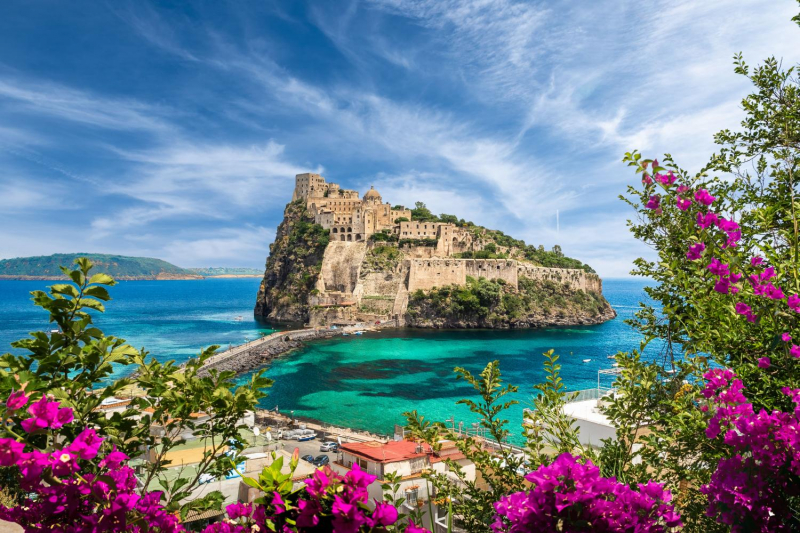
La Mortella, Ischia 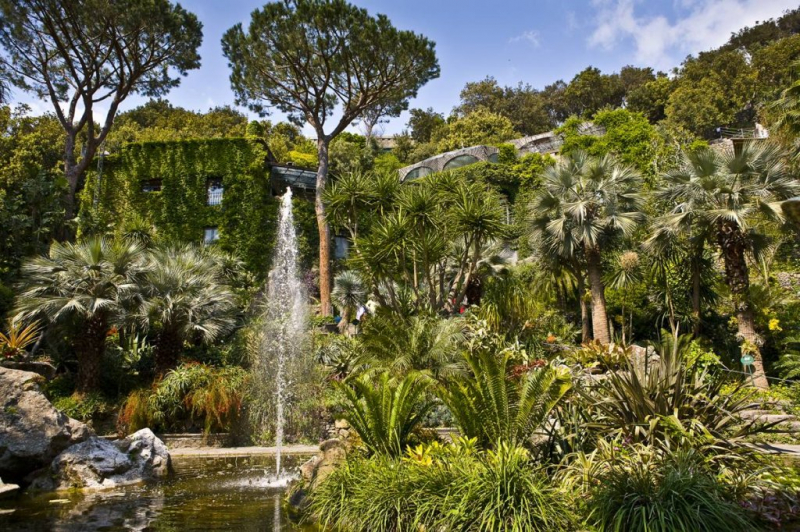
La Mortella, Ischia












